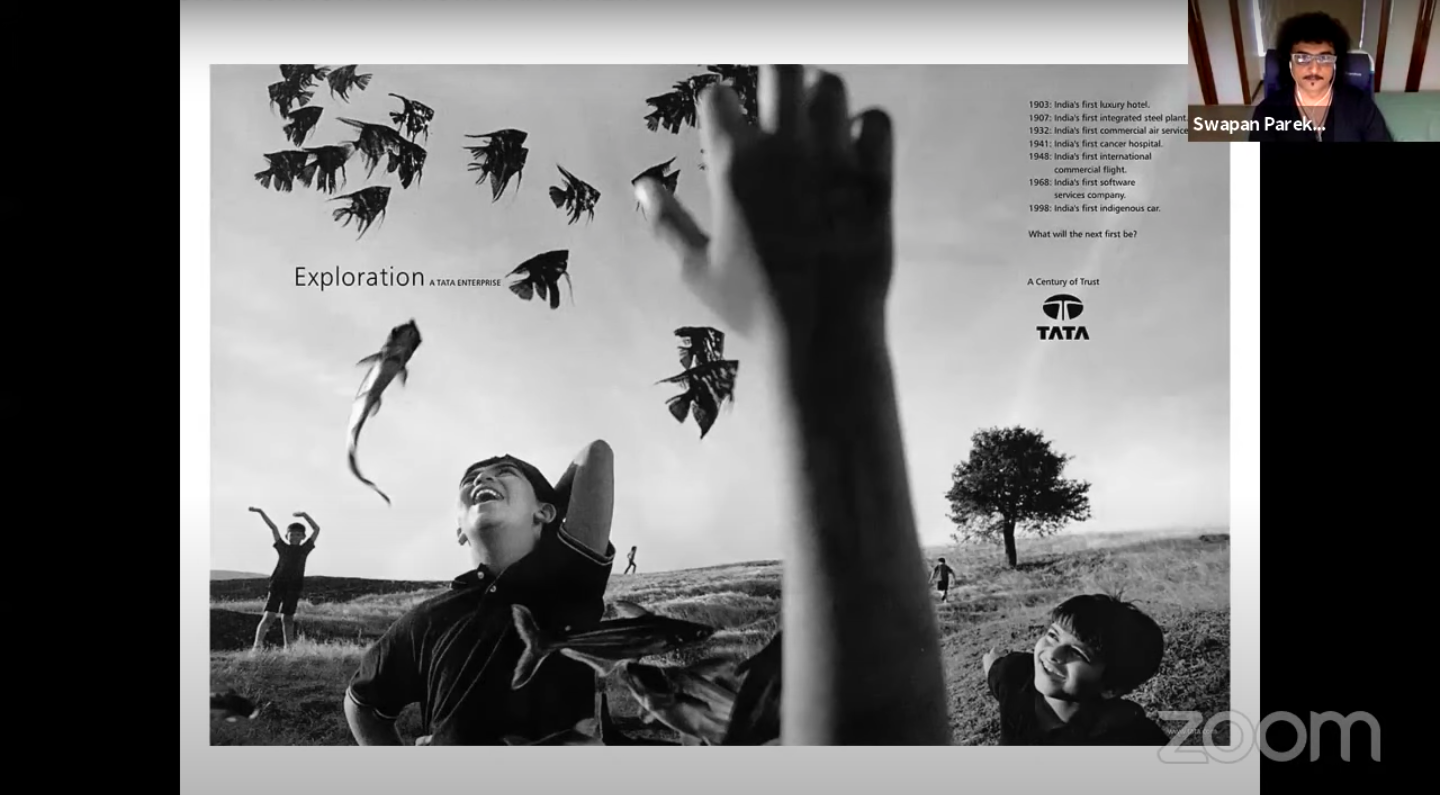“When you stay true to yourself, that’s when the breakthroughs come,” said Hannah Reyes Morales, a 30-year-old National Geographic photographer, while outlining her approach towards her projects.
Morales, who is from the Philippines, has photographed issues related to gender in different parts of the world. She gave a glimpse of her portfolio and spoke in length about her thought-process during an online interaction that was hosted by ‘Talks by Women Photographers’, a platform that invited several award-winning women photographers, curators and experts to showcase their work and answer questions over a Zoom webinar.
The platform is one of several initiatives that was born during the nationwide lockdown to facilitate discussions on photography. Eventually, this led to a series of interactions with some of the biggest names in photography.
F.stop, a group formed by three Ahmedabad-based photographers – Ashit Parikh, Dewang Modi and Vinay Panjwani – has hosted sessions by 31 photographers, cinematographers and directors in April and May. Though they had not planned on hosting so many speakers, the prolonged lockdown led them to invite several practitioners from diverse backgrounds for the talks, including renowned photographers like Raghu Rai, Ami Vitale, Swapan Parekh, Tarun Khiwal, Ketaki Sheth and Samar Jodha.

Photograph from an advertising campaign by Swapan Parekh, during his talk as part of F.stop.
In honest interactions, the speakers addressed setbacks that they faced in their respective paths as photographers. “I think that photography is always a practice about the way you feel, and not about what are your ideas, or what were you thinking, or what were you going through when you shot that image,” said Swapan Parekh in his talk. “You don’t have to go searching for the moment – let it come naturally. But at the same time, make yourself available to record that moment.”
“These talks were not just about the technical aspects of photography as that can be learned over a period of time. The speakers shared their journey and spoke about how they reached where they have. It is very important for young and aspiring photographers to understand that it takes a lot of struggle and hard work to achieve success,” explained Parikh.
Through ‘Talks by Women Photographers’, Delhi-based photographer Saumya Khandelwal hosted women photographers from different age-groups, regions and ethnicities like Stephanie Sinclair, Daniella Zalcman, Anna Boyiazis, Anushree Fadnavis, Ruhani Kaur, among others.
“The point that I’m trying to make, is that it is important to have diversity and representation in an industry like photojournalism – or photography in general,” said Khandelwal.

Photograph of actor Ranveer Singh by Tarun Khiwal, during his talk as part of F.stop.
One striking feature of these online interactions is that the audience gets a chance to pose their questions directly to the speakers. This works as an incentive for photography enthusiasts to log in for these sessions on a daily basis.
“For the first session, with Daniella Zalcman, we actually had about 45 questions,” said Khandelwal. “We could not take all of them, but tried to do our best. I think that’s very heartening that people are really engaging and have so many questions.”
Some individuals also hosted live videos on Instagram to talk about photographs. Shortly after the lockdown was imposed, Anoop Ray, a Delhi-based photographer, started hosting live interactions with photographers. He would flip pages from their photobooks and have them talk about their entire book-making process – from conceptualising the idea, taking the photographs, deciding the layout and approaching publishers.

Naga Sadhus during Mahakumbh, 2001. Photograph by Prashant Panjiar, during his talk as part of F.stop.
Photographers like Sunil Gupta, Prashant Panjiar and Ravi Aggarwal talked about their respective books as part of these sessions. Similar Instagram live interactions were also hosted by Better Photography Magazine.
These interactions have been beneficial for early-career photographers, who are learning much more than just photography. For instance, American photographers Ami Vitale and Daniella Zalcman spoke at length about grant applications, and how to draft an effective application while pitching one’s work to publications.

Photograph by Ami Vitale, which became the cover of an issue of National Geographic magazine, during her talk as part of F.stop.
“The best thing that we can do, is to listen and let the stories emerge. You need to slow down, talk to people and understand what you are trying to say. Spend enough time so that moments unfold. Let people tell you their stories,” said Ami Vitale, during one interaction.
The response to these online interactions has been outstanding; something even the organisers had not anticipated. According to data gathered by F.stop, viewers from 18 different countries logged in for their talks. The series also led to a sharp increase in F.stop’s followers on social media platforms like Facebook and Instagram. On YouTube, the total watch time of their talks has been more than 11,000 hours.
However, with the easing of restrictions, the organisers aren’t sure if they would be able to host these sessions once their daily lives take over but are glad that they could celebrate photography through these interactions.
Hardeep Singh is a freelance writer based out of Dehradun, who has previously worked with Hindustan Times.
Featured image: Photograph of cinematographer Ashok Mehta by Amit Ashar, during his talk as part of F.stop.

